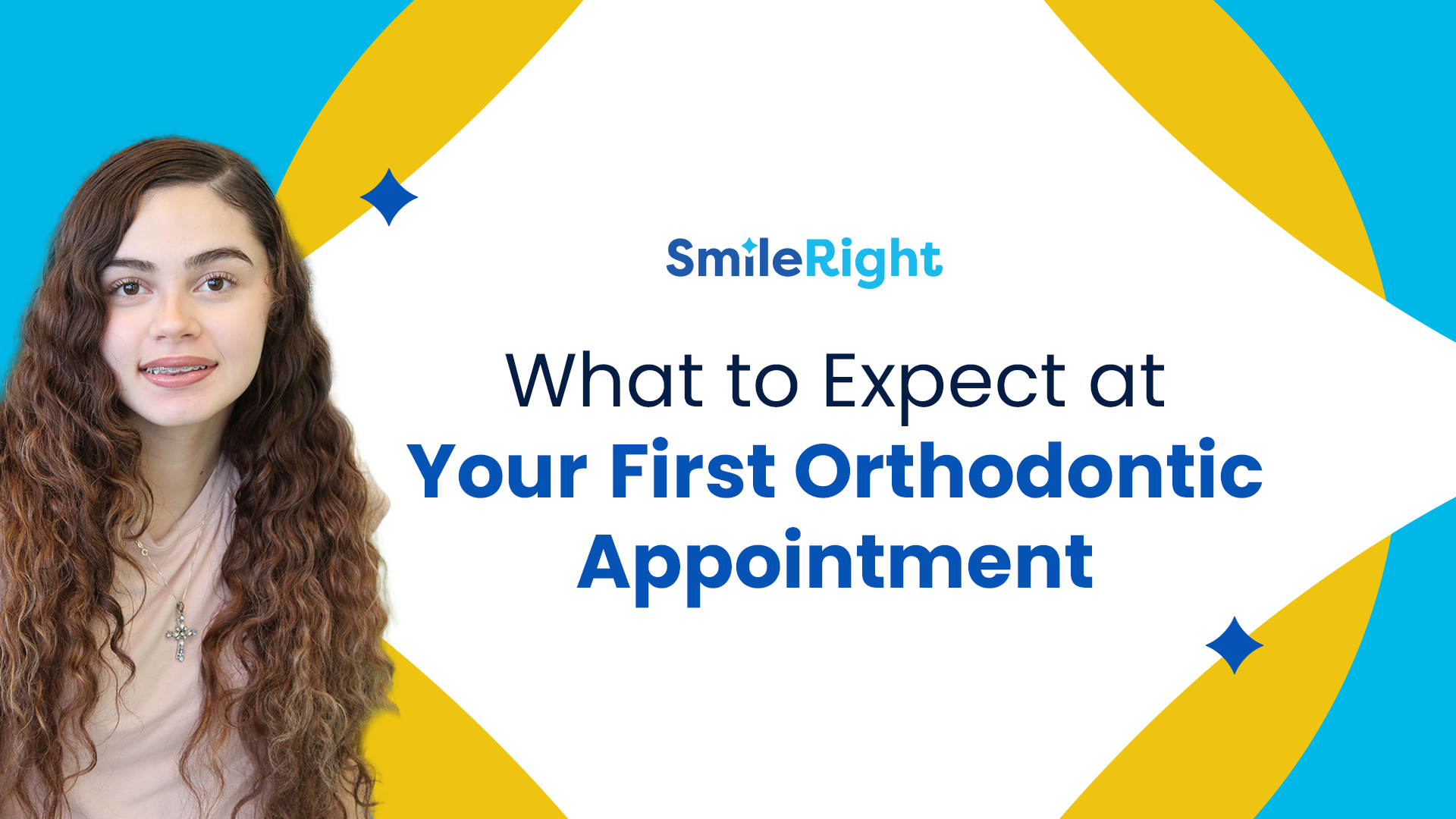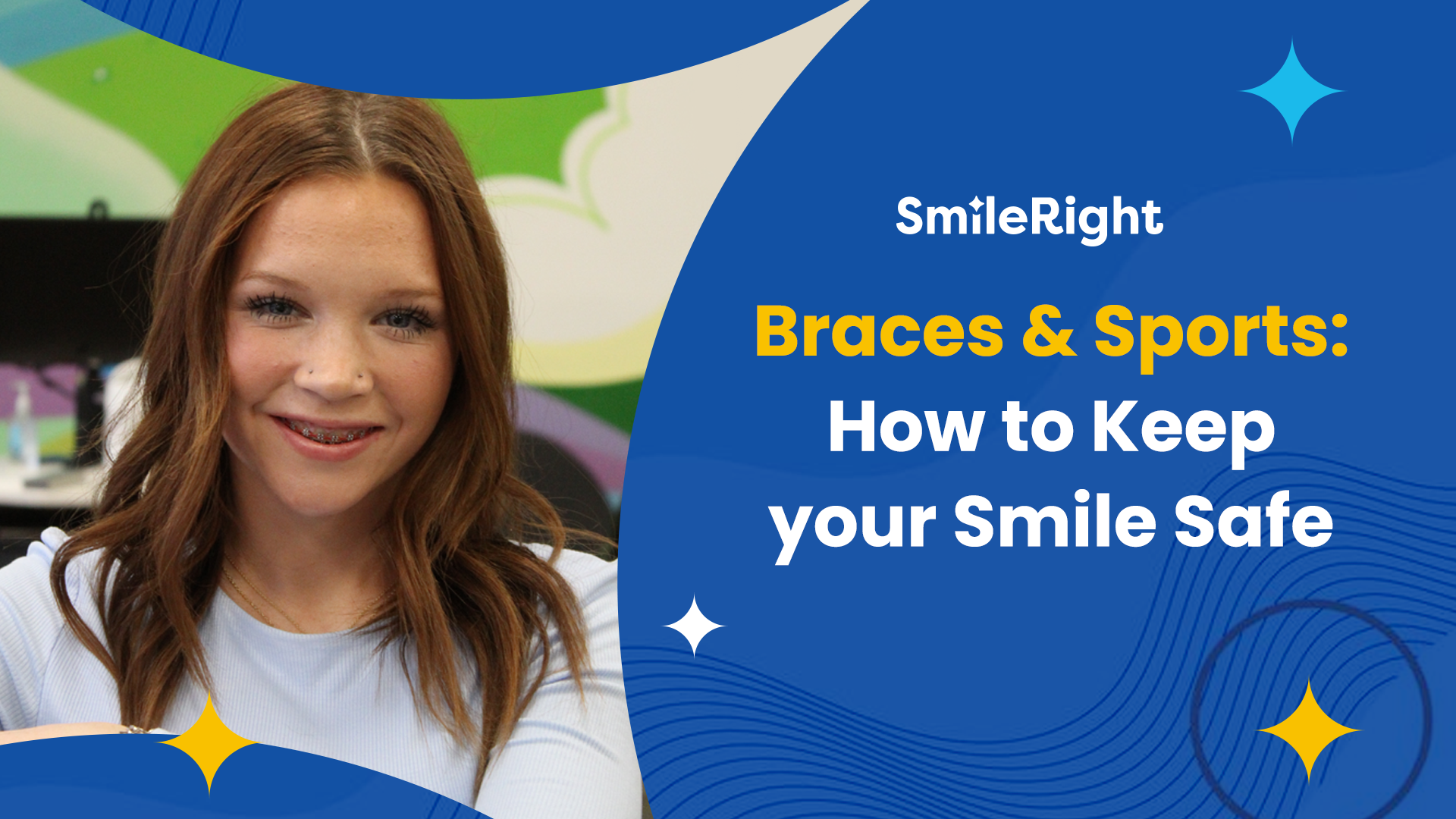Getting Braces for Your Teenage Son or Daughter: What Do You Need to Consider?

Source: Dr. Marketing
Greetings from Houston, Texas! At SmileRight, we understand the importance of a radiant smile and excellent oral health for your teenager. As parents, we share your concern for your child's dental well-being and confidence. If you're contemplating getting braces for your teenage son or daughter, you might have a myriad of questions and uncertainties. Making informed decisions about orthodontic treatment is pivotal to ensuring your child's dental health. In this blog post, brought to you by SmileRight, we'll delve into the vital factors to consider when getting braces for your teenager. We will address common concerns and provide valuable insights to guide you seamlessly through the process, ensuring your teenager achieves a healthy, confident smile.
Why Your Teen Might Want Braces

Adolescence is a time of self-discovery and building confidence, and for many teenagers, having braces represents more than just dental correction—it's a pathway to improved self-esteem and social acceptance. Teenagers, conscious of their appearance, often desire braces to address dental issues like crooked or misaligned teeth, which might affect their smile and overall confidence. A straight and healthy smile can boost their self-assurance, encouraging them to engage more comfortably in social situations, speak confidently, and showcase their personality without feeling self-conscious about their teeth. Furthermore, with the availability of various braces options, including trendy colored bands and discreet alternatives like clear aligners, teenagers can even view braces as a fashion statement, embracing the experience as a unique part of their identity. Ultimately, the desire for braces among teenagers stems from the desire for a positive transformation, both in their oral health and self-image, fostering a sense of empowerment and pride in their appearance.
Why Your Teen Might NEED Braces

Our orthodontist may recommend braces for your teenager based on a thorough evaluation of their dental health. Braces become a necessity when there are issues such as malocclusion, crowded teeth, gaps, or bite irregularities that could impact oral function and overall well-being. These conditions, if left untreated, can lead to problems like difficulty in chewing, speech impediments, and an increased risk of tooth decay and gum disease due to inadequate cleaning between misaligned teeth. Beyond aesthetic concerns, these dental issues can cause discomfort and even pain. By diagnosing these problems early, our orthodontist can recommend braces as a solution to correct these issues and ensure proper alignment of the teeth and jaws. Addressing these dental concerns with braces not only enhances the appearance of your teenager's smile but also contributes to their long-term oral health and overall quality of life.
8 Things to Consider Before Getting Braces for your Teenager in Houston, Texas

Consultation with an Orthodontist
The first step in the braces journey is scheduling a consultation with a qualified orthodontist, like ours! During this initial visit, our orthodontist will assess your teenager's dental condition, discuss treatment options, and address any concerns you may have. It's essential to choose a reputable orthodontist who is experienced in treating teenagers, as they have the expertise to handle their specific dental needs.
Types of Braces
There are several types of braces available today, each with its unique benefits and considerations. Traditional metal braces are a popular choice, known for their durability and effectiveness. Ceramic braces are less noticeable, making them a preferred option for teenagers who are conscious about their appearance.
Treatment Duration
The duration of orthodontic treatment varies based on the complexity of your teenager's case. Our orthodontist will provide an estimate of how long the treatment is expected to last. It's important to prepare your teenager for the commitment involved, emphasizing the significance of following the orthodontist's instructions and attending regular appointments in our Houston, Texas practice to ensure the treatment progresses as planned.
Maintenance and Oral Hygiene
Braces require diligent maintenance and oral hygiene practices. Your teenager will need to learn how to clean their teeth effectively around the braces, using special brushes and floss threaders to reach the spaces between wires and brackets. Emphasize the importance of regular dental check-ups and cleanings to prevent issues like cavities and gum disease during the treatment.

Dietary Changes and Restrictions
Certain foods can damage braces, leading to discomfort and prolonging the treatment duration. Hard, sticky, and sugary foods should be avoided to prevent breakage and maintain the effectiveness of the braces. Encourage your teenager to make dietary choices that are braces-friendly, promoting overall oral health throughout the treatment process.
Dealing with Discomfort
It's natural for your teenager to experience some discomfort after getting braces or following adjustments. Stock up on orthodontic wax, which can be applied to brackets or wires to alleviate irritation. Over-the-counter pain relievers can also help manage discomfort. Emotional support from family members plays a crucial role in helping teenagers cope with any initial discomfort or self-consciousness associated with braces.
Cost and Insurance Coverage
Orthodontic treatment can be a significant financial investment. It's essential to discuss the cost of braces with our orthodontic practice and inquire about available payment plans or financing options. Additionally, check your insurance coverage to determine what portion of the treatment cost is covered. Understanding the financial aspects of orthodontic care can help you plan accordingly and make informed decisions. Our orthodontic practice accepts most insurance plans.
Monitoring Progress and Adjustments
Regular follow-up appointments with our orthodontist in Barrie or North York are essential to monitor your teenager's progress and make necessary adjustments to the braces. These appointments allow the orthodontist to track the movement of teeth and ensure the treatment is on the right track. As a parent, you can actively engage in these appointments, asking questions and staying informed about your teenager's orthodontic journey.

Getting braces for your teenage son or daughter is a significant decision that involves careful consideration of various factors. By choosing a qualified orthodontist, understanding the different types of braces, committing to proper maintenance and oral hygiene, addressing dietary restrictions, providing emotional support, and staying informed about the financial aspects, you can help your teenager achieve a healthy, confident smile.
Remember, orthodontic treatment is an investment in your teenager's future oral health and self-esteem. By actively participating in the process and offering support, you can make the braces experience a positive and transformative journey for your child, ensuring a lifetime of beautiful smiles and improved dental well-being.




